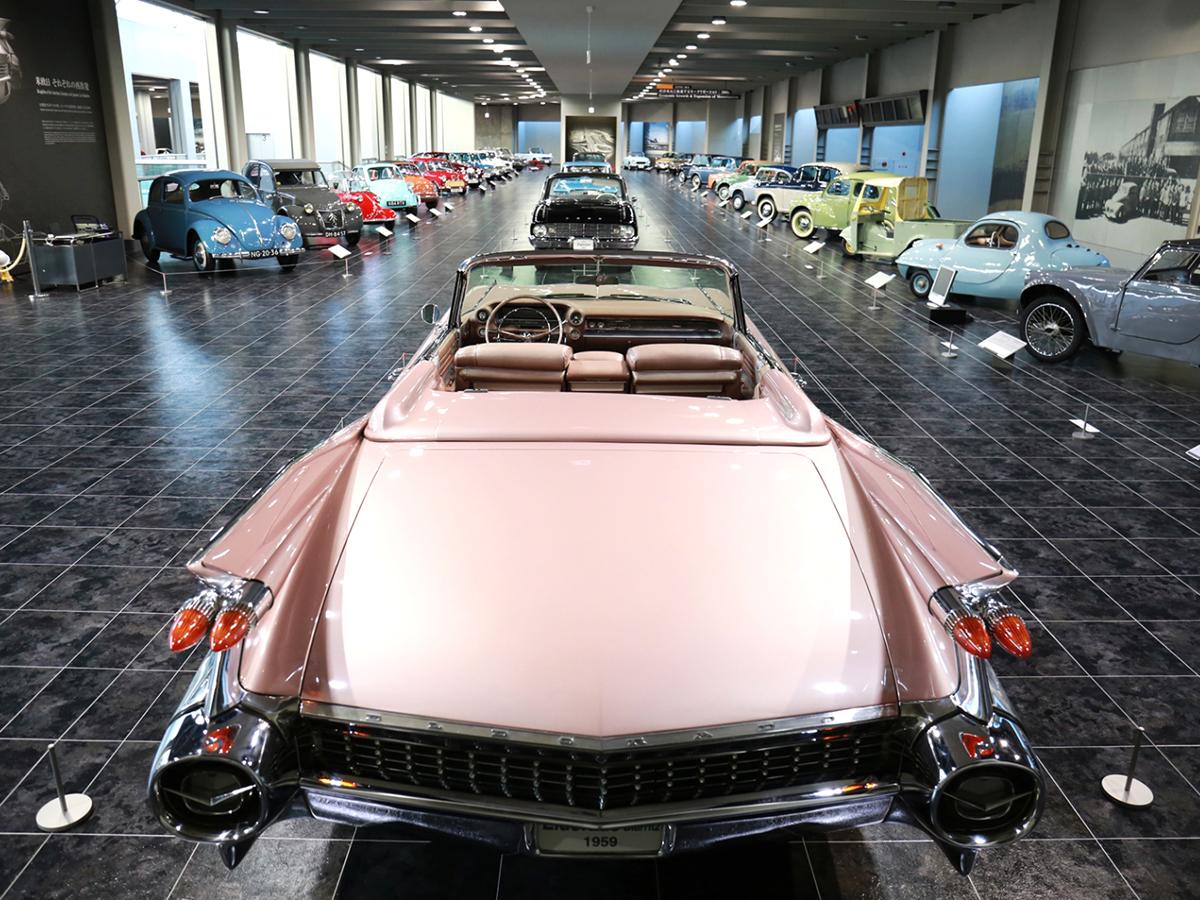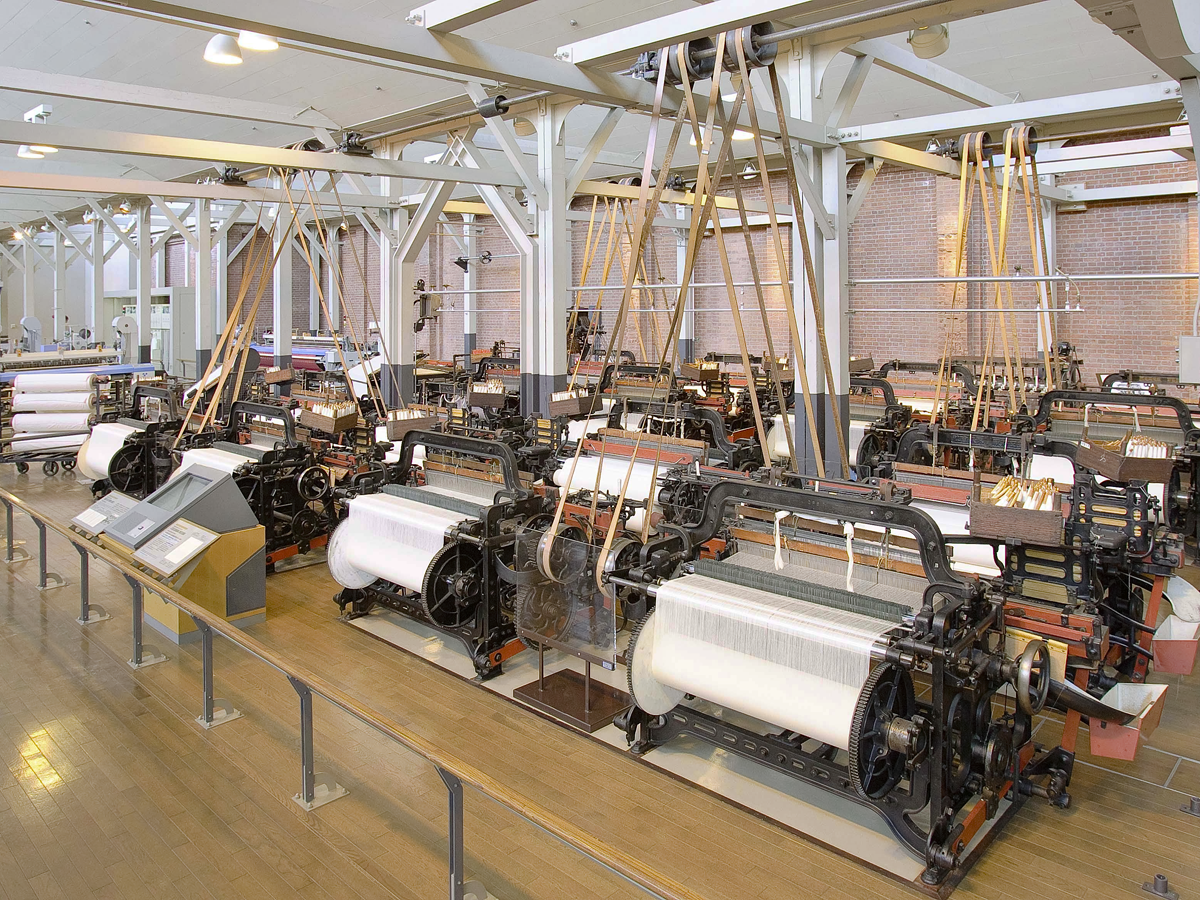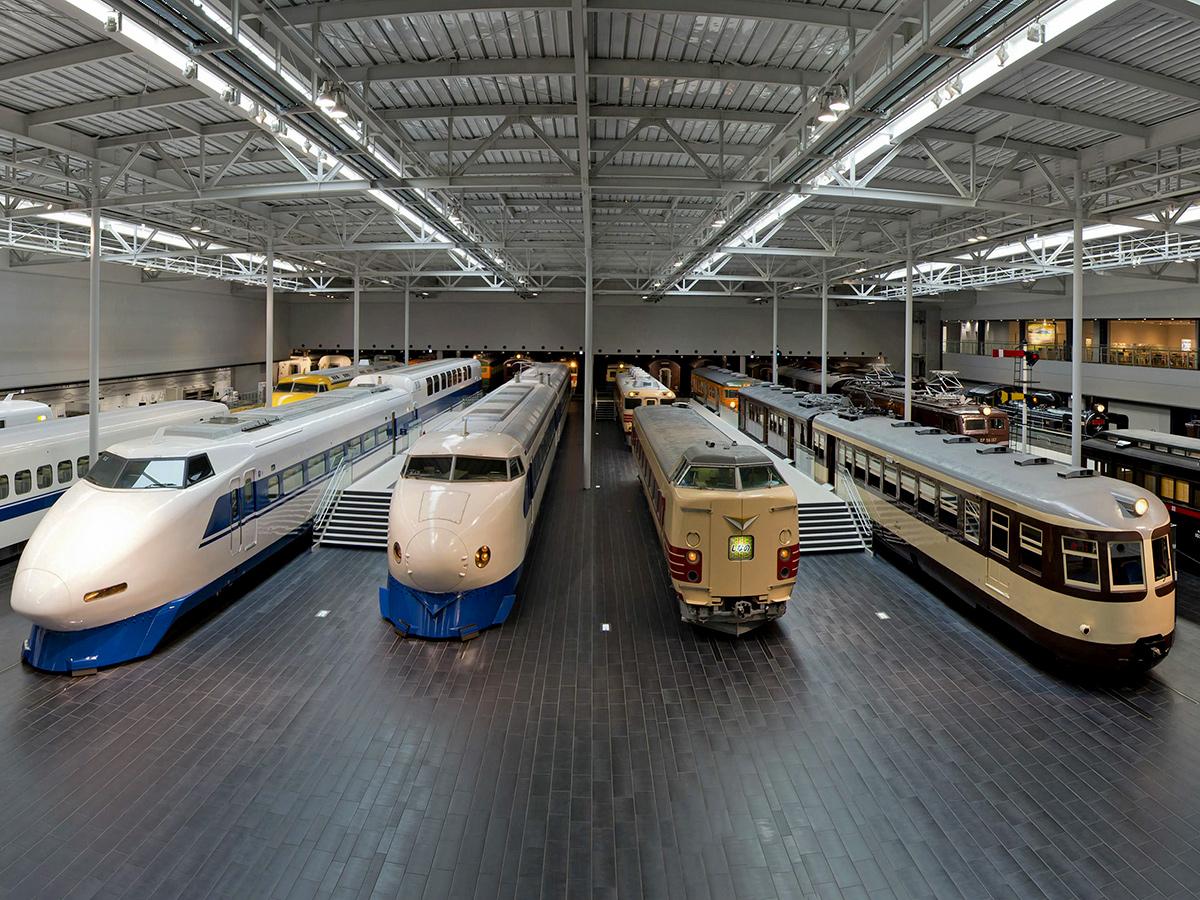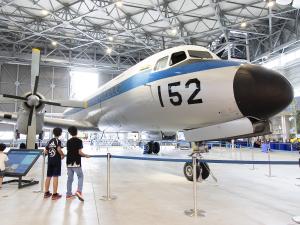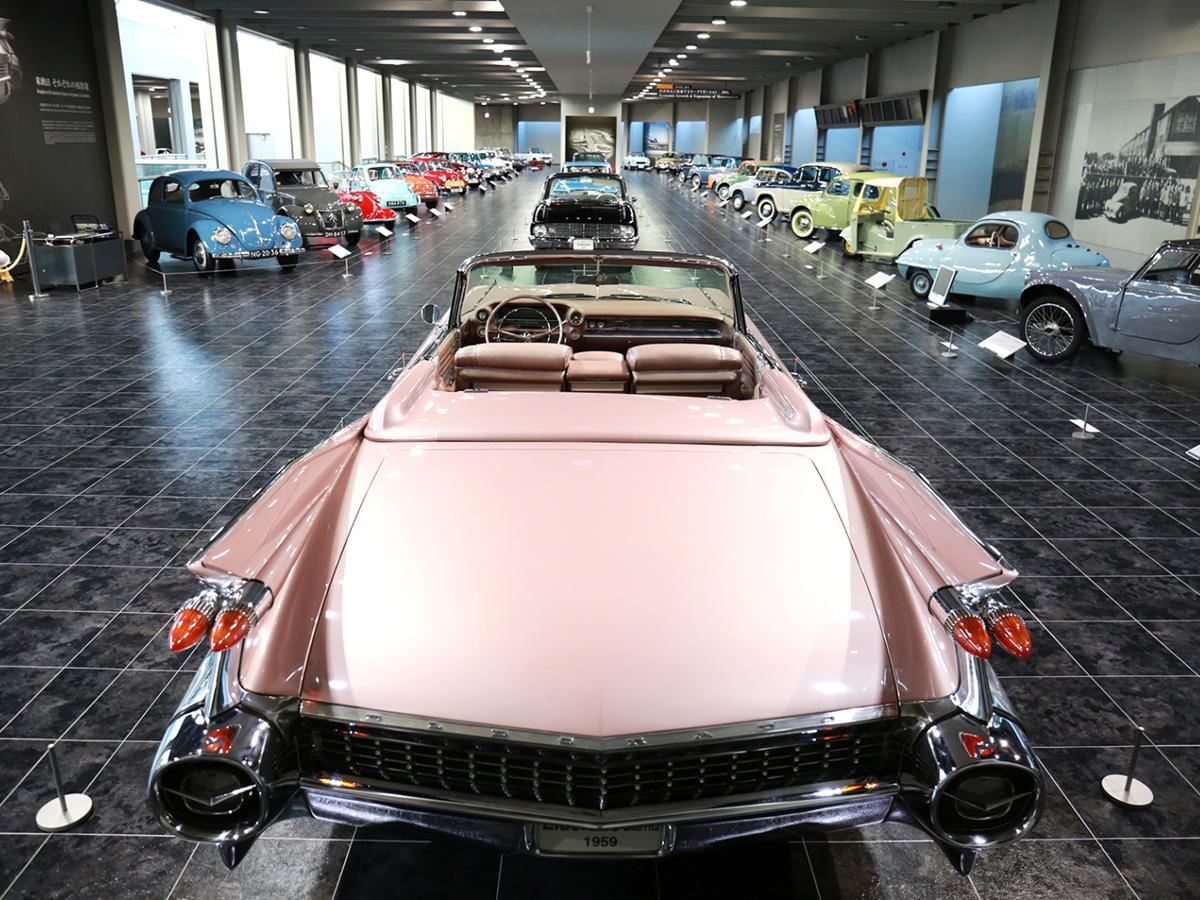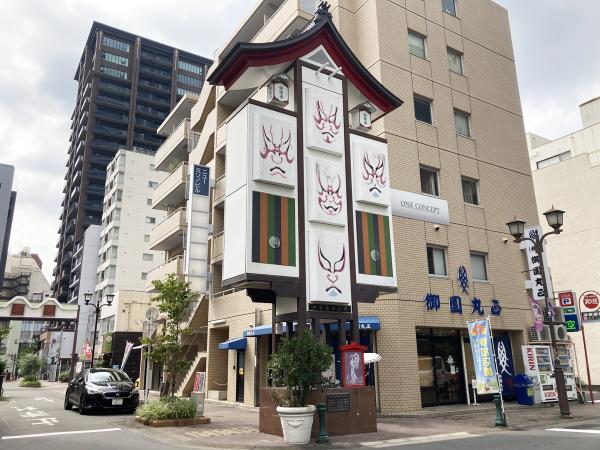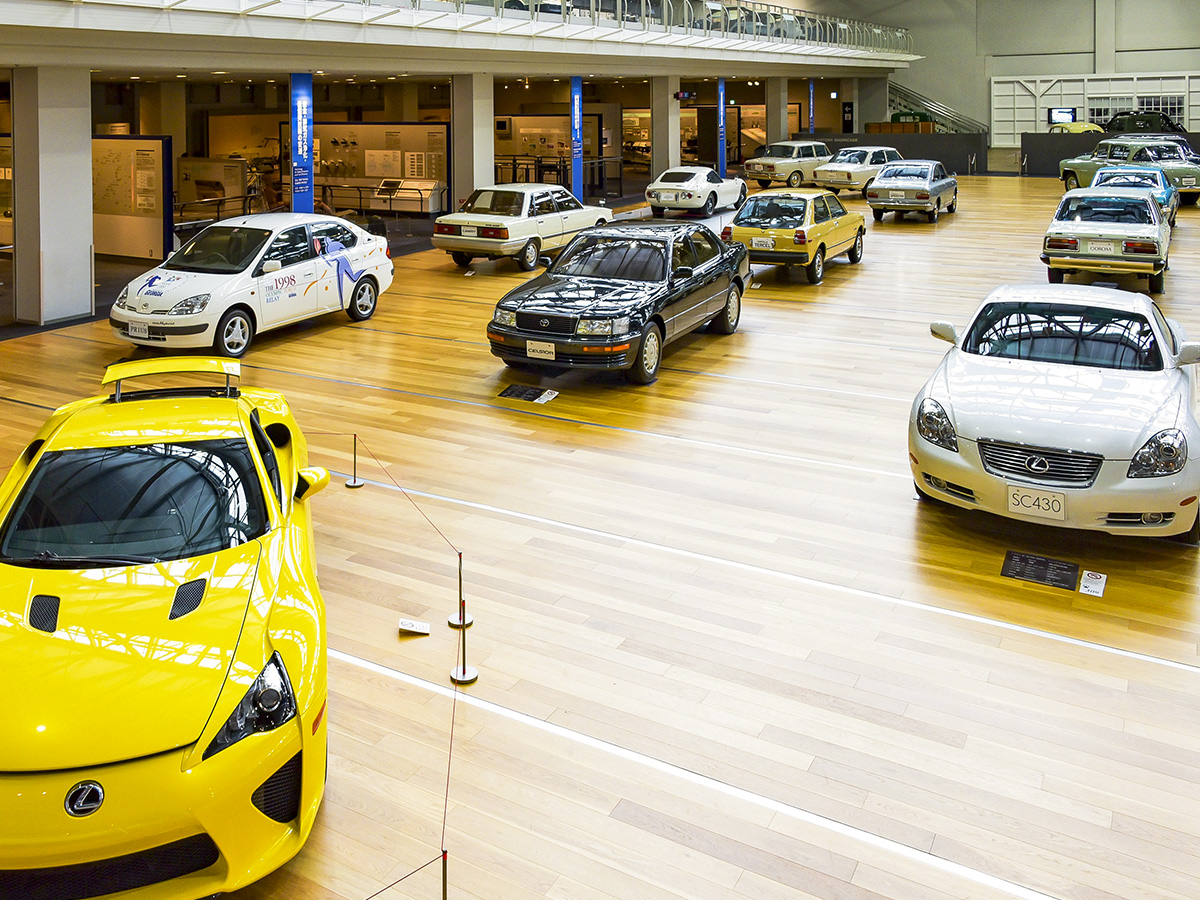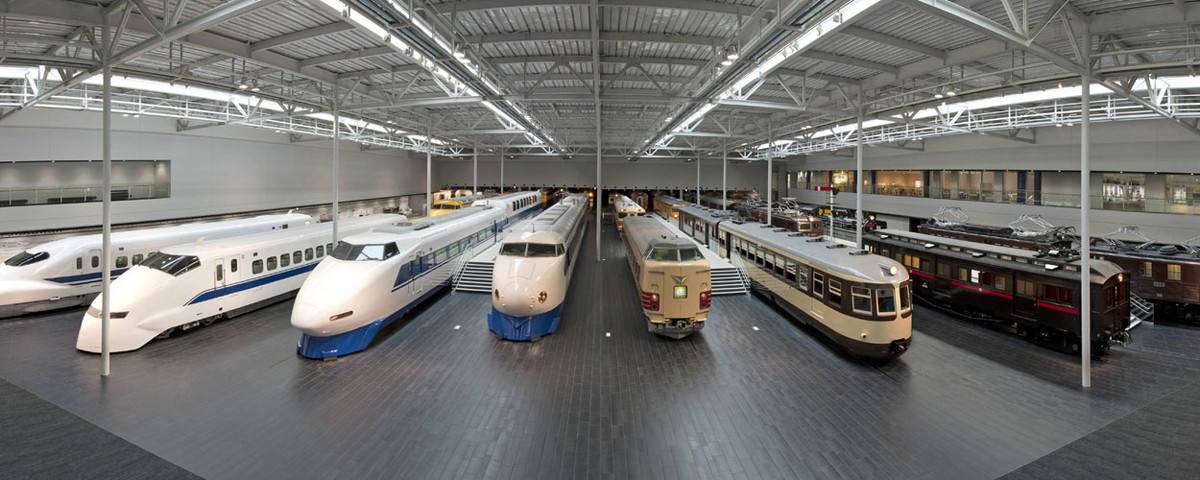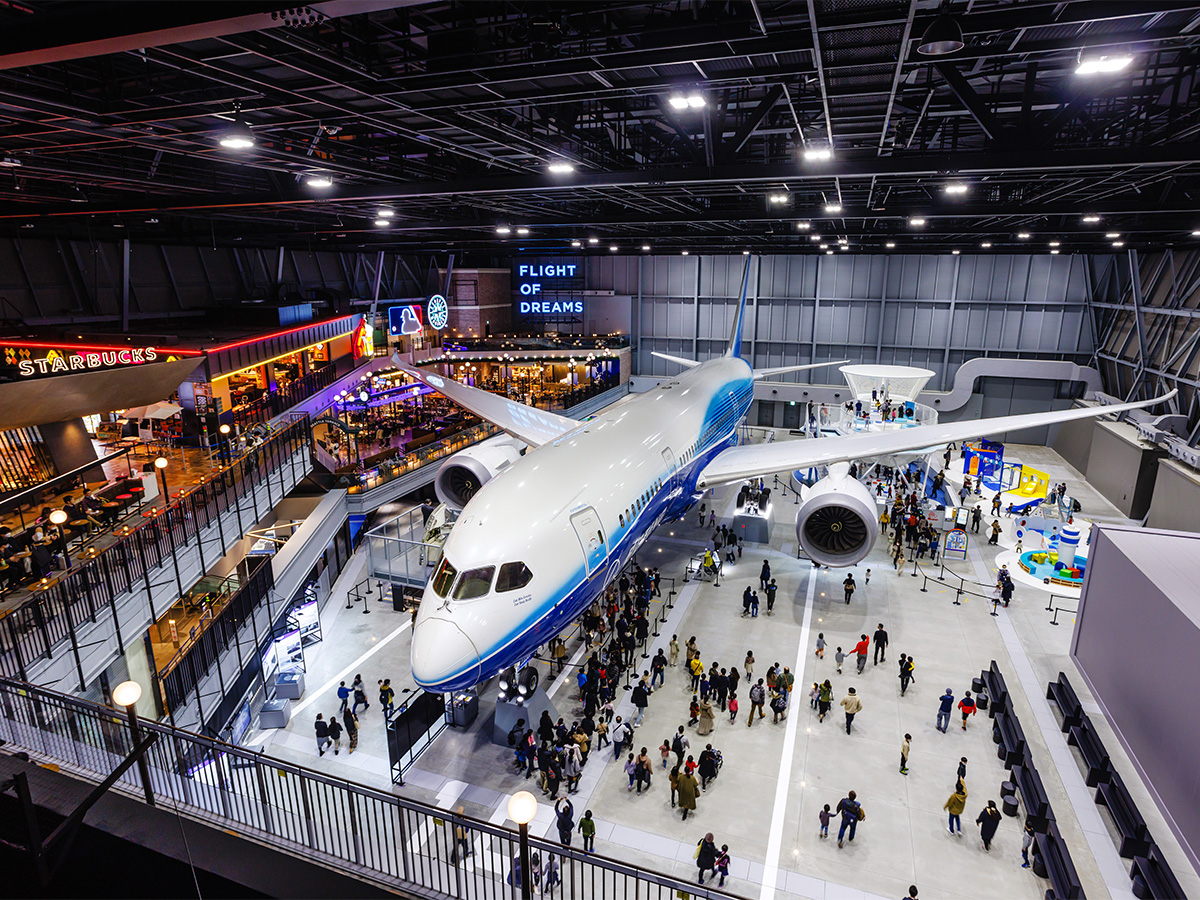Aichi Prefecture is a region known for its strong industrial presence, with notable manufacturing giants like Toyota and other companies operating within its borders. For more than four decades, this prefecture has consistently held the top spot in Japan for shipping out manufactured goods, earning it the well-deserved titles of the Heart of the Manufacturing Industry and the Kingdom of Manufacturing.
The development of industrial robots has contributed greatly to progress in the industry. The roots of this remarkable robot technology, which allows robots to move with remarkable smoothness and precision akin to human limbs, can be traced back to the Karakuri puppets that thrived on festival stages approximately 300 years ago.
Karakuri puppets were ingeniously designed to achieve automatic movement through the use of intricate mechanisms such as strings, springs, and gears. The chariot-shaped festival floats that carried these Karakuri puppets were often made in Aichi Prefecture. These puppets were capable of performing a wide array of captivating actions, including mesmerizing dances, acrobatic maneuvers, stunning transformations, and even enacting mythological plays. Their inclusion in festivals added an extra layer of excitement and wonder. The artisans responsible for crafting these puppets engaged in a friendly competition, constantly pushing the boundaries of mechanical engineering and artistic skills. As a result, the production of these astonishing Karakuri puppets became increasingly refined over time.
The essence of manufacturing in Aichi Prefecture today can be traced back to the concept of using advanced technology to give form and expression to emotions, a tradition that has persisted since the era of Karakuri puppets. Exploring museums dedicated to this rich history will unveil valuable insights into the journey of technological innovation and craftsmanship that has shaped Aichi Prefecture's manufacturing legacy. Embark on a personal exploration and discover these hidden treasures for yourself!
recommend
-
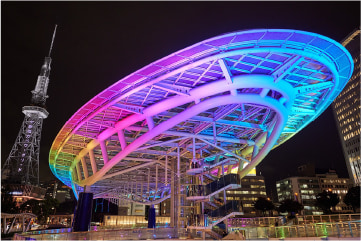
All about Aichi
The Best Places to See and Eat in Aichi
-

Things To Do
Aichi Prefecture: A Multitude of Experiences All Year Round!
-

Ghibli Park
[Full Version] A Guide to Enjoying Ghibli Park - We've got an entire overview of the park with highlights just for you!
-
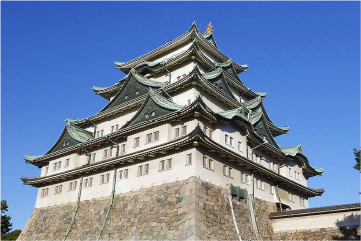
Samurai Homeland
Samurai Homeland Aichi, Home of the Warlords
-
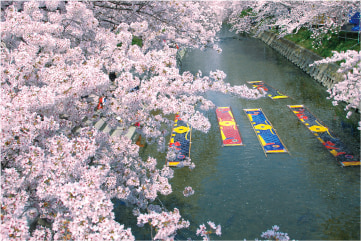
Nature
Japan's Four Seasons Abound in Color!Discover Aichi's Nature and Flowers
















